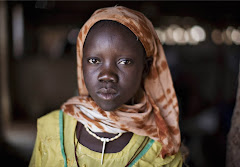Eventually the two sides agreed on autonomy for the southern region of Sudan (made of present day Al Istiwai, Bahr al Ghazal, and Aali an Nil) under a regional president picked by the national president with the recommendation of an elected Southern Regional Assembly. The regional president would appoint the High Executive Council which would control all parts of the government in the region with the exception of areas such as defense, foreign affairs, currency and finance, economic and social planning, and interregional problems. The national government (along with southern representatives) would be in control of these issues. Southerners were also molded into a 12,000-man southern command of the Sudanese army with an equal number of northern and southern leaders. Arabic was also declared Sudan's official language under this agreement and English was the south's principle language, which was taught in southern schools and used in administration. Some of the SSLM leaders were not in total agreement with these terms, but Lagu approved of the terms and both sides agreed to stop fighting. After both sides signed the accords, on March 27, 1972, Sudan considered this day National Unity Day. (Currently, Sudan's National Unity Day is on March 3). This agreement granted a decade of peace which was ended when President Nemeiry declared the imposition of Shari'a law throughout Sudan in 1983.

The National Unity Day celebrations are similiar to this celebration.
Sources:
http://www.sudanreconstruction.org/timeline.html
http://www.globalsecurity.org/military/world/war/sudan-civil-war1.htm
http://destinia.com/guide/the-world/africa/sudan/1-30001-30207/6/en
http://www.spraguephoto.com/stock/images/5500_5999/5922%20Tribal%20Sudan%20Community%20celebration%20at%20Toposa%20tribal%20village%20of%20Naboliyatom%20near%20Nanyangacor%20South%20Sudan.jpg








No comments:
Post a Comment